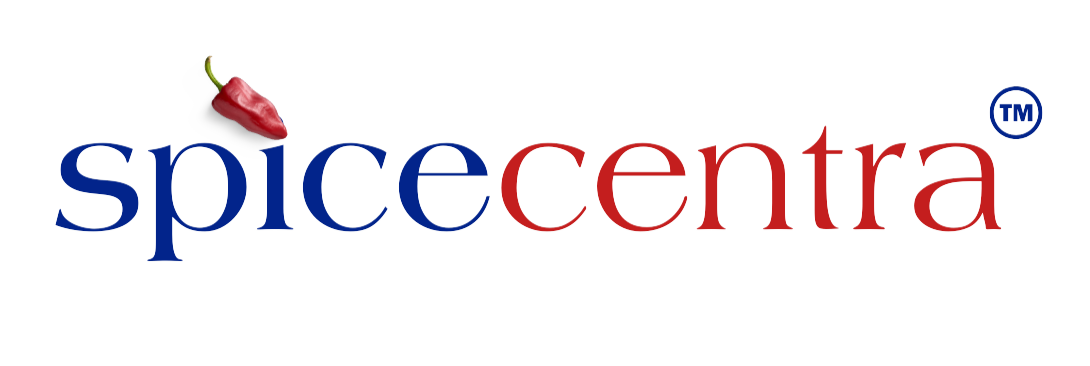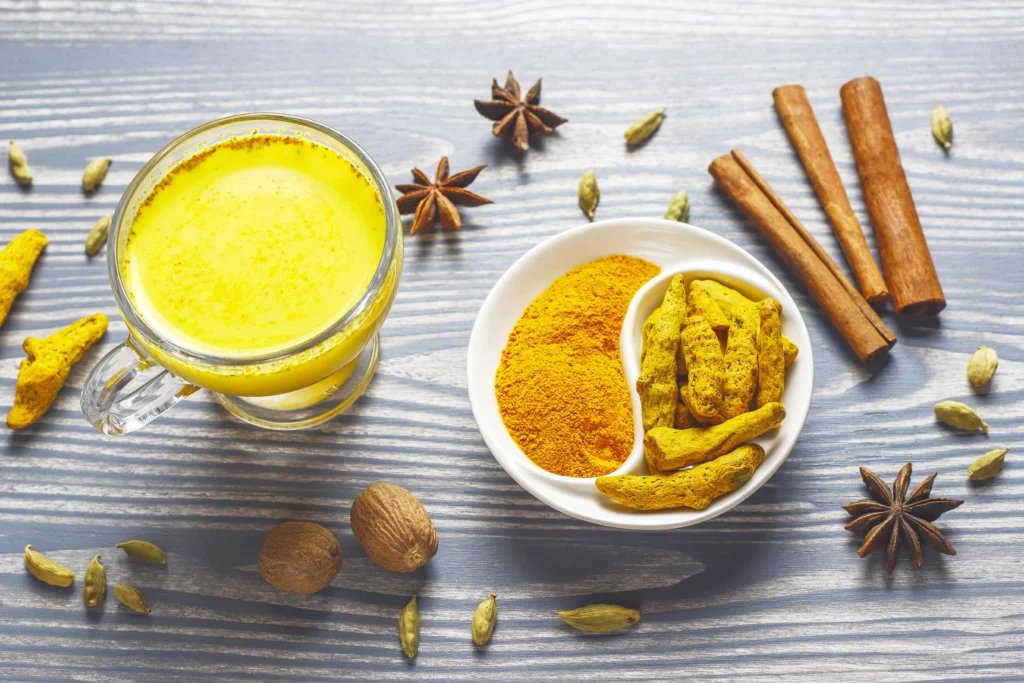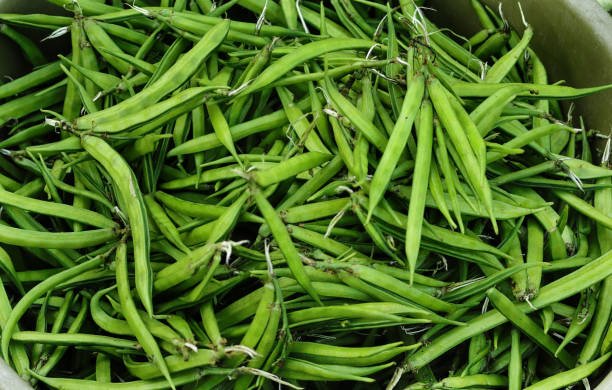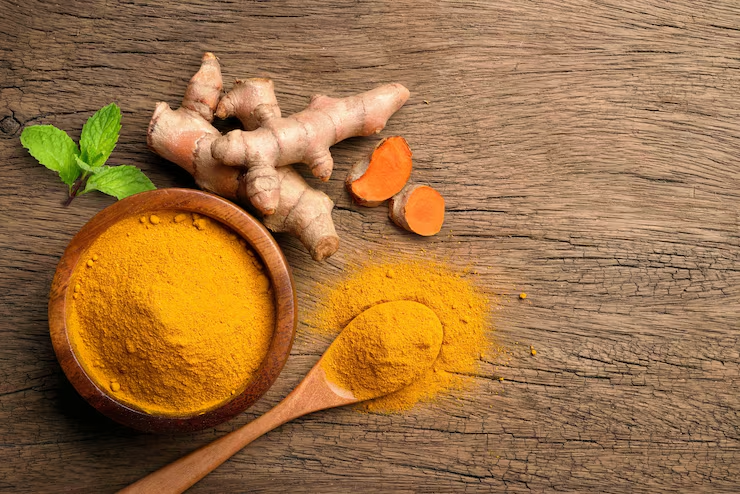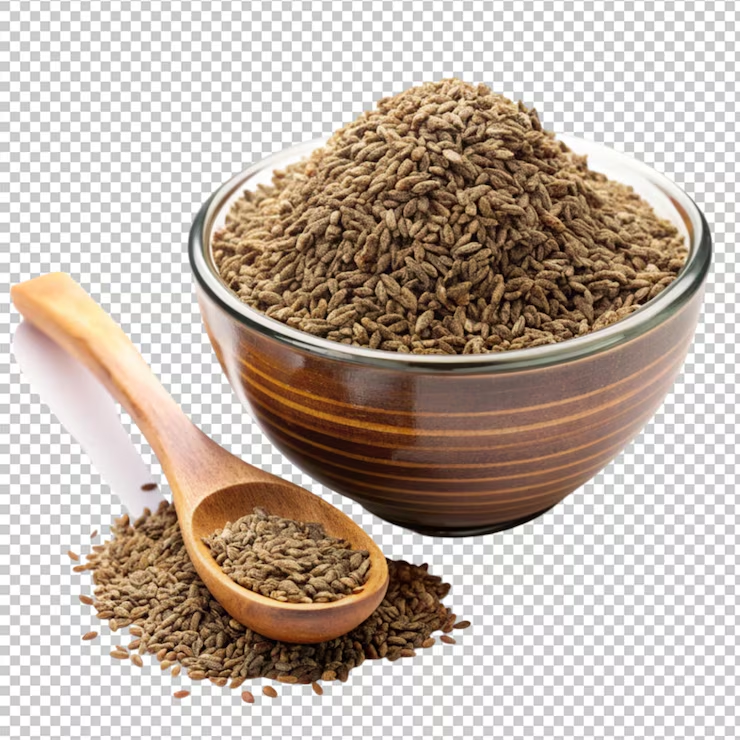India has long been celebrated as the global hub of spices, with turmeric taking a central role among its many agricultural exports. Revered for its medicinal, culinary, and cosmetic value, turmeric powder has seen an unprecedented global demand in recent years. This surge has given rise to a booming market for turmeric exporter, with both established companies and new entrepreneurs entering the space. However, to thrive in the international marketplace, exporters must understand the regulations, documentation, and certifications essential for compliant and successful trade.
This blog presents a comprehensive overview of the export landscape for turmeric in India, including regulations, global demand, competitors, and vital guidelines to follow when engaging in turmeric export.
1. Overview of India’s Spice Export Sector
India is the world’s largest producer, consumer, and exporter of spices. According to data from the Spices Board of India, the country contributes to nearly 75% of the global spice production and 50% of the world’s spice trade. The spice export sector is a vital part of the Indian economy, with turmeric forming a significant share of this export value.
In 2025, turmeric exporters in India are experiencing substantial growth due to the global shift toward organic foods, wellness supplements, and plant-based products. India’s reputation for supplying high-quality, curcumin-rich turmeric is unmatched, which has opened up opportunities in health, pharmaceutical, cosmetic, and food industries around the world.
In 2025, turmeric exporters in India are experiencing substantial growth due to the global shift toward organic foods, wellness supplements, and plant-based products. Many choose to export turmeric from India after securing certifications and regulatory approvals for global markets.
2. Types of Spices Exported from India
India exports a wide range of spices, including:
- Turmeric
- Cumin
- Black pepper
- Cardamom
- Ginger
- Coriander
- Fenugreek
- Red chili
- Clove
- Fennel
Among these, turmeric powder stands out due to its wide utility and curcumin content. It is exported in various forms—raw turmeric fingers, dried turmeric, turmeric oil, and processed turmeric powder. Turmeric manufacturers in India offer both conventional and organically certified varieties to cater to different global markets.
3. Which Country Has the Highest Demand for Indian Spices?
The United States is currently the largest importer of Indian spices, including turmeric. The demand is driven by its wide usage in health supplements, functional foods, and clean-label cosmetics. Other top markets include:
- UAE
- Malaysia
- Bangladesh
- Germany
- UK
- Japan
- Canada
- Australia
These countries have shown a steady rise in demand for turmeric, especially organic and high-curcumin varieties, making them crucial destinations for turmeric exporters.
4. Which Other Countries Are Our Competitors in the Spice Export Market?
While India is the dominant exporter of turmeric, a few other countries are emerging as competitors in the global market:
- Myanmar: Offers turmeric at a lower turmeric export price, although often lower in curcumin.
- Indonesia: Competes in Southeast Asia, mainly in raw spice form.
- Vietnam: Has efficient supply chains and growing spice processing industries.
- Sri Lanka: Known for select organic spice varieties.
Despite this competition, India’s advantage lies in its long-standing experience, superior processing infrastructure, and the presence of an experienced exporter of turmeric network that adheres to strict quality norms.
5. What Documents Are Required for Exporting Spices?
Exporting turmeric or any spice from India requires several mandatory documents and certifications, as per government and international trade standards:
- Import Export Code (IEC): Issued by DGFT (Directorate General of Foreign Trade).
- Spice Board Registration: All turmeric exporters in India must register with the Spices Board.
- FSSAI License: Food Safety and Standards Authority of India license for food-grade turmeric.
- Phytosanitary Certificate: To certify the product is free from pests.
- Certificate of Origin: Issued by the Chamber of Commerce or Export Promotion Councils.
- Invoice & Packing List
- Bill of Lading or Airway Bill
- Health Certificate: For specific countries requiring detailed health documentation.
- Organic Certification (if applicable): From agencies like NPOP or USDA Organic.
Exporters may also be required to comply with country-specific standards like FDA (U.S.), EFSA (Europe), or CFIA (Canada) depending on the target market.
6. Government Support for Spices Export
The Indian government and various export promotion councils provide multiple forms of assistance to turmeric exporters:
- Spices Board of India: Offers guidance on quality standards, testing facilities, and export intelligence.
- APEDA (Agricultural and Processed Food Products Export Development Authority): Helps promote agro-exports through subsidies, training, and financial support.
- MEIS (Merchandise Exports from India Scheme): Offers incentives based on product category and destination.
- Transport and Marketing Assistance Scheme (TMA): Reduces freight cost burdens for agricultural exporters.
Through such initiatives, a turmeric powder exporter can improve infrastructure, adopt global packaging standards, and access international markets more efficiently.
7. Finding Buyers and Marketing Your Products
For new or growing exporters, marketing turmeric to international buyers requires a strategic approach:
- Participate in International Trade Fairs: Events like Gulf Food, Anuga (Germany), and SIAL (France) are ideal for networking.
- Online B2B Platforms: Sites like Alibaba, IndiaMART, and Global Sources connect buyers and sellers globally.
- Register on Spices Board Buyer-Seller Meets
- Develop a Strong Digital Presence: A professional website, export catalog, and certifications help build trust.
- Use Traceability and Transparency as a USP: Global buyers are increasingly interested in where and how the turmeric was grown.
A focus on packaging, product safety, organic certifications, and storytelling (local farming practices, curcumin levels, and sustainable sourcing) can further differentiate Indian turmeric in a competitive market.
8. Exporting Spices from India: Key Considerations
Before engaging in turmeric export, here are important elements to keep in mind:
- Understand the target market’s regulatory requirements.
- Source turmeric from reputed farms or cooperatives with proven curcumin content and quality.
- Ensure proper processing and grinding in certified units with hygienic handling and packaging.
- Stay updated on international pricing trends. The turmeric export price can vary based on curcumin content, organic certification, harvest quality, and global demand.
Additionally, regular testing, logistics planning, and timely delivery are crucial to building long-term relationships with buyers.
Conclusion
In 2025, India continues to dominate the global turmeric market as both the leading producer and exporter. With the increasing importance of natural wellness products, clean-label ingredients, and organic spices, the demand for high-quality turmeric powder is at an all-time high.
To capitalize on this momentum, aspiring and experienced turmeric exporters in India must navigate a structured and regulated export framework. From documentation and certifications to understanding market dynamics and leveraging government support, there is a wealth of opportunity for those willing to invest in quality, transparency, and global standards.
For turmeric manufacturers aiming to grow globally, now is the perfect time to strengthen operations, ensure compliance, and build a reputation that travels far beyond borders.
FAQs
Q1. What does it mean to export turmeric from India?
To export turmeric from India means sourcing high-quality turmeric from certified farms, processing it in hygienic facilities, and shipping it to global buyers with proper documentation, certifications, and packaging.
Q2. How to export turmeric from India successfully?
To export turmeric from India, you need to obtain an Import Export Code (IEC), register with the Spices Board and APEDA, secure FSSAI and phytosanitary certificates, and follow international labeling standards. Partnering with a reliable turmeric exporter ensures smooth logistics and compliance with global regulations.
Q3. Is turmeric export business profitable?
Yes, the turmeric export business is highly profitable due to the global demand for natural health products, wellness supplements, and clean-label foods. Success depends on sourcing high-curcumin varieties, ensuring organic or ISO certifications, and building long-term buyer relationships.
Q4. What is the Indian standard for turmeric powder?
The Indian standard for turmeric powder is defined by the Bureau of Indian Standards (BIS) and the Food Safety and Standards Authority of India (FSSAI). It covers parameters like curcumin content, moisture percentage (≤12%), absence of adulterants, and compliance with hygiene and packaging norms for both domestic and export markets.
